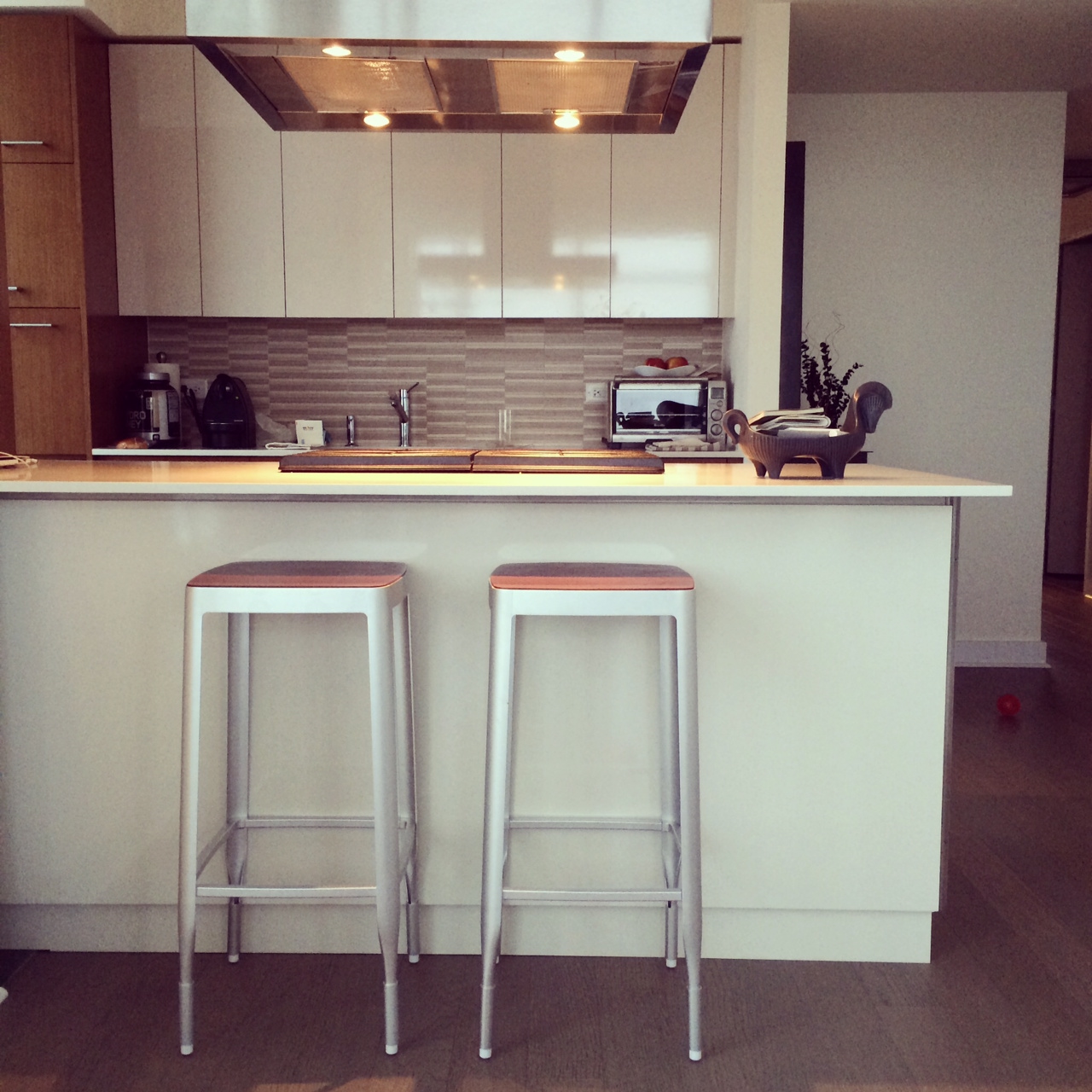When it comes to designing a Bar Stool, whether it be wooden or metal Bar Stools, for a top designer furniture brand or simply a piece of quality modern furniture – the main issues are always the same.
Is this a Bar Stool or a Counter Stool? – the industry that you are designing for offers rather broad parameters for you to follow when deciding your seat height! A Bar Stool can be anywhere from 30-36 inches, and then there is the whole other matter of whether this stool is actually going to end up in kitchens at a bar counter where the seat height then ranges from 24-29 inches. So you are designing a tall stool and you need to work out whether your seat height is going to be anything between 24-36 inches high – knowing that whatever you decide this Bar Stool is guaranteed to spend much of it’s life being just the wrong height for a particular project or client!
Stackable or not? – this is key. When it comes to end use, if the stool you’re designing hopes to be used in a commercial bar or restaurant application then each night they will need to be moved for floor cleaning and often extra pieces stored for events and other configurations of the space. Being stackable is often a non-negotiable factor in the product selection. Clearly being stackable has a fundamental effect on the design of a stool, and also the material/finish that you use. For example when developing metal bar stools that are stackable its wise to avoid finishes like powder coating that are prone to chipping where an anodised finish might be more appropriate. Finally, don’t forget to consider stacking and KD with regards to shipping volumes.
Back rest? – There are clear aesthetic and functional considerations when deciding whether to incorporate a back rest or not in a bar stool design. A backrest automatically ensures that the stool will have a more emphatic aesthetic effect on it’s surroundings, a backless stool stays low and out of your sightline as you scan a room and can be tucked under an overhanging bar. It’s also a clear difference in usability – a back rest offers more comfort whereas a backless stool allows a more social use as people can spin to face any direction.

